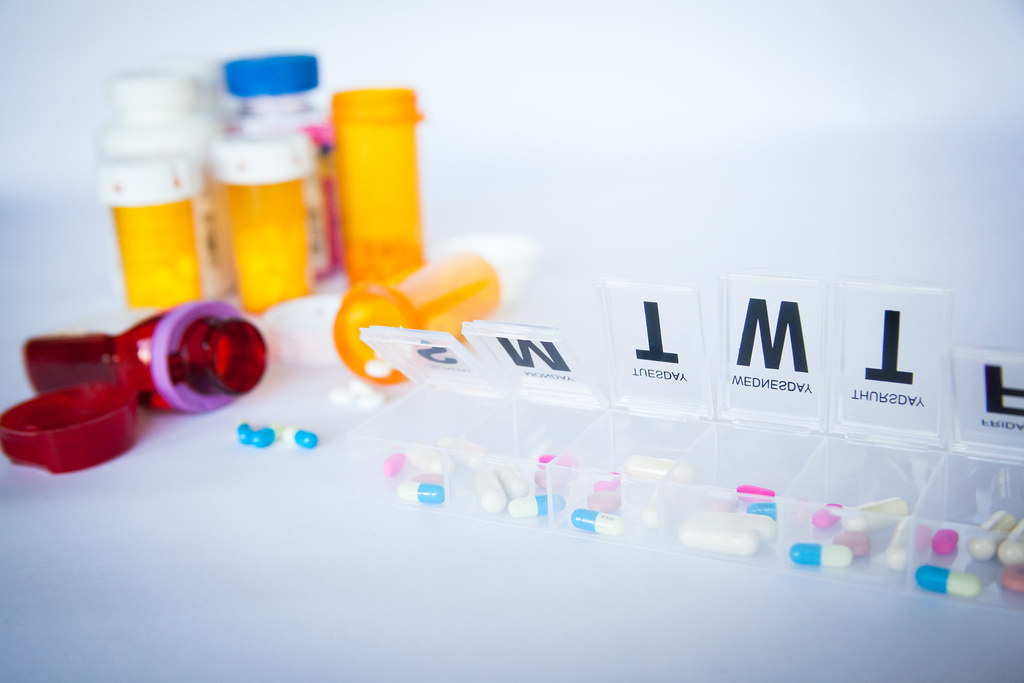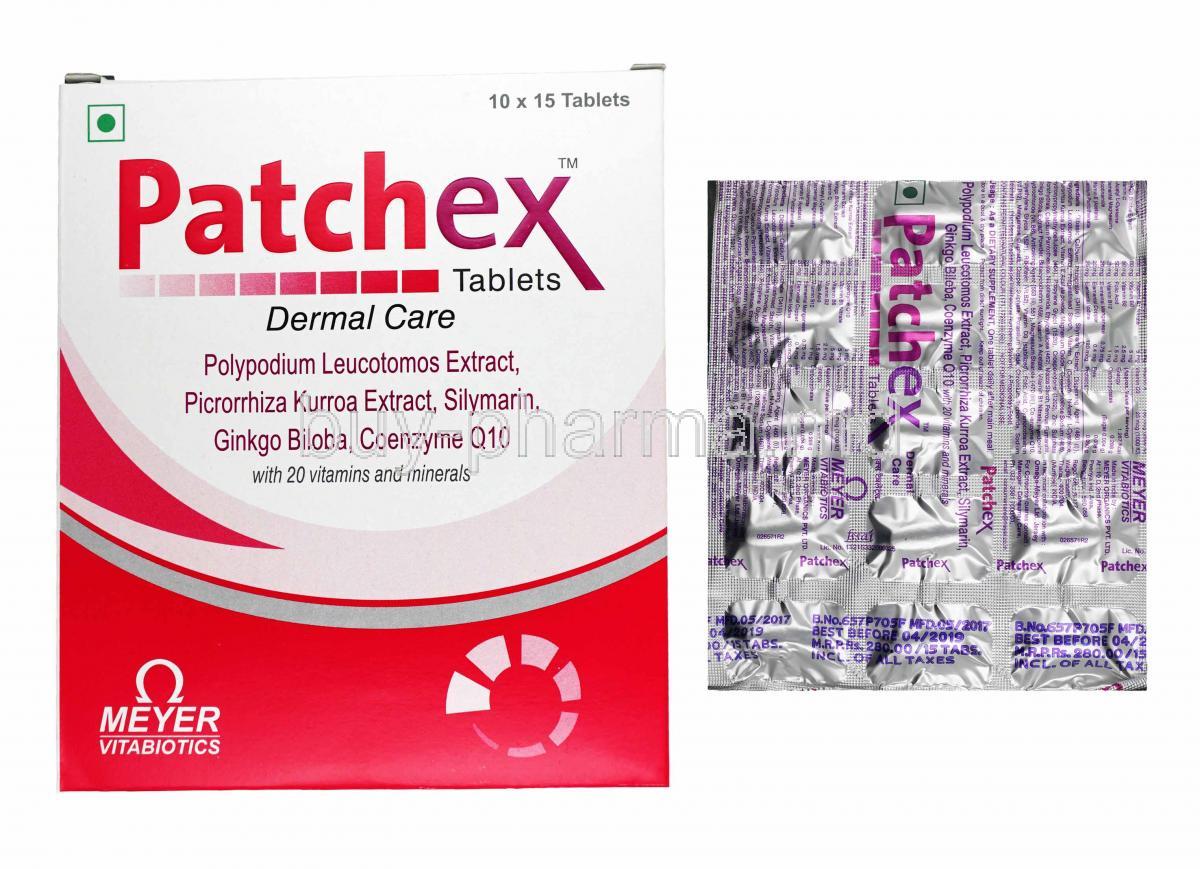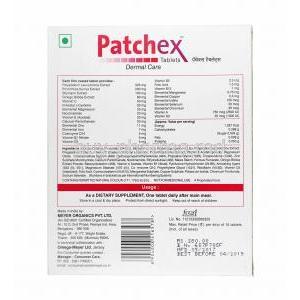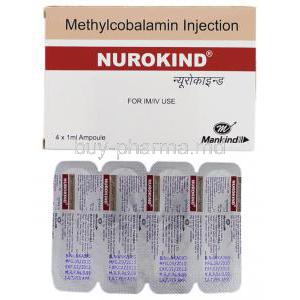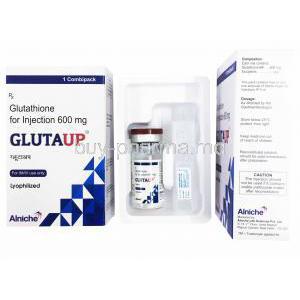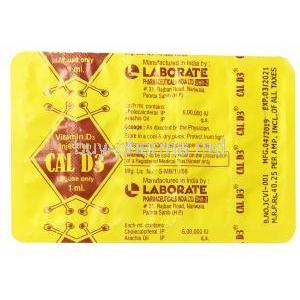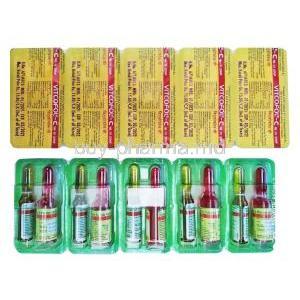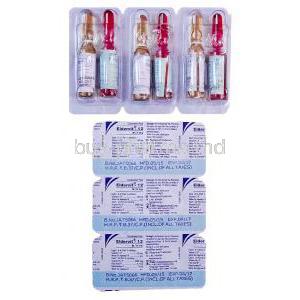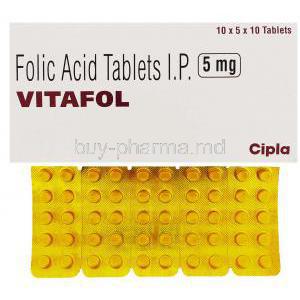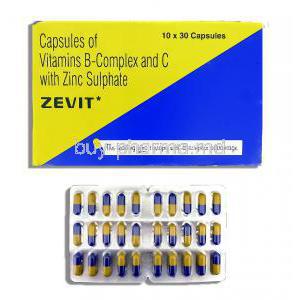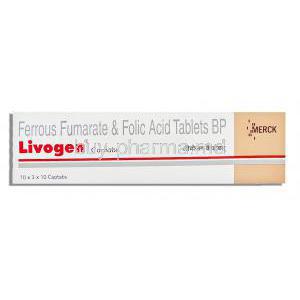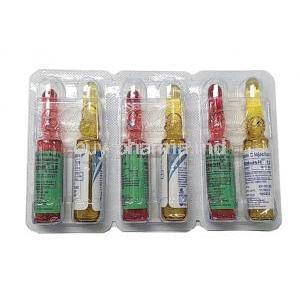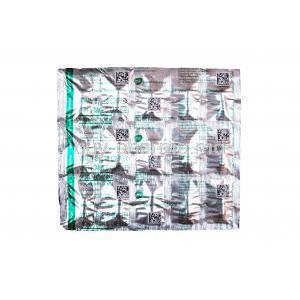Patchex
- I. Introduction to Patchex
- II. Composition of Patchex
- III. How Patchex Works
- IV. Uses of Patchex
- V. Off-Label Use of Patchex
- VI. Dosage and Administration
- VII. Common Side Effects of Patchex
- VIII. Serious Side Effects and Adverse Reactions
- IX. Interactions with Other Medications
- X. Warnings and Contraindications
- XI. Special Considerations in Administration
- XII. Careful Administration and Important Precautions
- XIII. Overdose and Emergency Management
- XIV. Storage and Handling Precautions
I. Introduction to Patchex
Patchex is a groundbreaking advancement in the field of medicine, providing an approach to managing both chronic and acute pain. Its incorporation into healthcare has equipped doctors with an extra tool to alleviate discomfort and ultimately enhance the quality of patient care.
The progression of Patchex from its idea to its current position in the pharmaceutical market highlights the extensive research, development, and testing it underwent. This journey underscores its effectiveness and safety, solidifying its acceptance within the community.
II. Composition of Patchex
The core of Patchex's effectiveness lies in its ingredients, which have been carefully chosen for their pain-relieving properties. These compounds work together to provide pain relief without the need for medication that affects the entire body.
In addition to the ingredients, Patchex also contains inactive components that serve important roles in how it works. These substances help maintain the patch's structure, aid in the absorption of the medication, and make sure patients feel comfortable when applying it.

III. How Patchex Works
How Patchex Works: The Science Behind Patchex Patchex functions by targeting the affected area, providing quick relief with minimal impact on the rest of the body. This localized approach helps reduce any side effects and allows for a rapid response. Patchex Impact on the Body: Absorption, Distribution, Metabolism, and Elimination After application, Patchex active ingredients are absorbed through the skin. Enter the bloodstream in a controlled manner. This controlled process ensures a release of pain relief, offering long-lasting benefits.
IV. Uses of Patchex
Patchex, manufactured by Meyer Organics Pvt. Ltd., is a versatile formulation primarily prescribed for managing pain associated with conditions such as arthritis, neuralgia, and recovery after surgery. Its multifaceted utility positions it as a valuable resource in clinical settings.
While its current indications cover pain management, ongoing research is actively exploring the effectiveness of Patchex in treating various types of pain. This research has the potential to broaden its practicality beyond the existing approved uses1.
V. Off-Label Use of Patchex
Understanding NonApproved Uses: When and Why The use of Patchex for conditions that regulatory agencies have not explicitly approved is known as off-label use. This practice relies on judgment and the emerging evidence that supports its effectiveness in other situations.
Exploring New Possibilities: Case Studies and Research on Patchex Research and real-life cases have shed light on the potential benefits of using Patchex for off-label applications. This brings hope to patients dealing with pain management requirements.
VI. Dosage and Administration
Dosage Recommendations: From Adults to Children The recommended dosage of Patchex may vary depending on the age of the patient, the severity of the condition, and how each individual responds to it. It is important to follow the suggested guidelines to achieve the results and reduce any potential risks. Techniques for Administering; Maximizing Effectiveness Ensuring that Patchex is administered correctly is crucial in order for it to be effective. This involves choosing an area for application and making sure that the skin is clean and free, from any irritants.
VII. Common Side Effects of Patchex
Mild to moderate; An overview Typically, the side effects of Patchex are not severe and commonly include temporary skin irritation, redness, and itching in the area where it is applied. These reactions usually go away with usage. Dealing with Side Effects; Practical Suggestions and Advice To minimize the side effects of Patchex it is recommended to alternate the application site and seek guidance from a healthcare professional if symptoms persist.

VIII. Serious Side Effects and Adverse Reactions
Recognizing Serious Side Effects; Signs to Look Out For Although it is uncommon, there are instances where Patchex may cause side effects that require immediate medical attention. If you experience symptoms such as allergic reactions, difficulty breathing or systemic effects it is crucial to seek prompt evaluation. What to Do, in Case of Serious Side Effects: If you encounter side effects, it is essential to discontinue the use of Patchex and urgently seek emergency medical care. Healthcare professionals can provide targeted interventions to effectively address any reactions.
IX. Interactions with Other Medications
Interactions to Be Aware Of: Risks and Precautions When using Patchex, it's important to be aware that it may interact with medications, which could potentially change how those medications work. To ensure your safety, it is crucial to inform your healthcare providers about all the medications you are taking in order to avoid any interactions. A Guide for Using Patchex and Avoiding Adverse Interactions To ensure the safe use of Patchex it is essential to carefully review its potential interactions with other drugs. This includes not prescription drugs but also over-the-counter medications and herbal supplements.
X. Warnings and Contraindications
Please note that Patchex should not be used by individuals who are known to have a hypersensitivity reaction to any of its components. Moreover, there are medical conditions that may make its use inappropriate, which highlights the importance of conducting a thorough medical review. To ensure the safety of patients, it is essential to take precautions when prescribing Patchex. This includes evaluating the patient's medical history, existing health conditions, and any potential risk factors involved.
XI. Special Considerations in Administration
Guidance for the Elderly; Adaptations and Precautions When it comes to the elderly it is important to make adjustments and take precautions regarding their medication. These include;
1. Adapting dosages based on the decline in hepatic function often associated with aging.
2. Being vigilant for increased sensitivity to side effects such as dizziness, which could potentially increase the risk of falls.
3. Ensuring communication about medication instructions to overcome any hearing or cognitive impairments.
Considerations for Pregnant Women and Nursing Mothers; Assessing Risks When administering medication to women or nursing mothers it is crucial to carefully evaluate the risks involved. This includes;
1. Seeking advice from pediatric specialists who can assess the safety profile of medications.
2. Considering treatments that have a proven track record of safety during pregnancy and lactation.
Administration, to Children; Adjusting Dosages and Ensuring Safety In the case of patients specific measures should be taken into account such as;
1. Calculating dosages based on weight to ensure administration.
2. Providing formulations or administration methods that cater to the needs and compliance of younger patients.
XII. Careful Administration and Important Precautions
Monitoring and Checking Progress; Ensuring the Success of Therapy To ensure treatment, it is important to regularly monitor the response to therapy and any potential side effects through follow-up appointments. Based on feedback and clinical outcomes adjustments in treatment may be made to optimize effectiveness. Considering Lifestyle and Diet; Improving Treatment Effectiveness Educating patients about lifestyle and dietary modifications can greatly enhance the effectiveness of treatments. It is recommended to follow a diet that is rich in nutrients, as this supports overall health and aids in recovery. Additionally, engaging in physical activity as advised by healthcare providers can also contribute positively to the treatment process.
XIII. Overdose and Emergency Management
Recognizing an Overdose: Symptoms and What to Do Signs of an overdose may include drowsiness, confusion, or changes in mental state. It can also lead to problems or instability in cardiovascular functions. If you suspect an overdose, it is important to take action. Contact emergency services away and provide them with details, about the substances that were ingested. Additionally, follow the aid instructions provided by poison control centers or emergency responders. In cases of overdose, there are treatment protocols aimed at minimizing harm. These protocols focus on stabilizing the patient's signs and using appropriate antidotes if available. Supportive care is also provided to manage symptoms and prevent any complications.
XIV. Storage and Handling Precautions
Proper Storage Practices; Preserving Effectiveness and Safety To maintain the potency and safety of medications, it is important to follow these storage guidelines;
1. Keep medications in their packaging to shield them from light, moisture, and temperature changes.
2. Store them out of the reach of children and pets to prevent ingestion.
Precautions for Handling: Ensuring Effectiveness and Integrity When handling medications, it is crucial to take the following precautions:
1. Wash your hands before and after administering medications.
2. Use gloves if recommended when applying topical medications.
